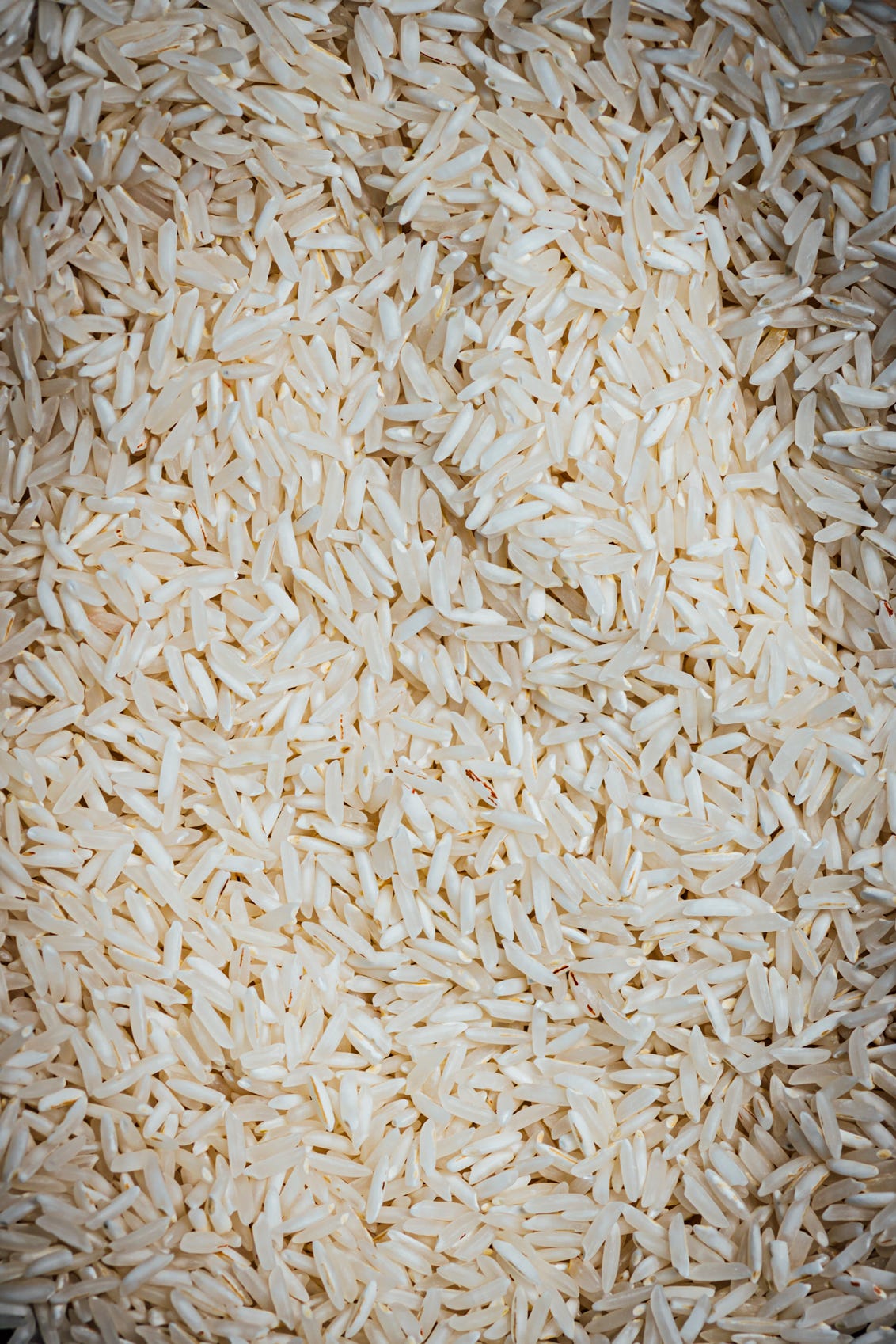What is Basmati Rice and How to Cook it?
What Makes this Rice So Special and How to Make Jeera Pulao/Cumin Rice
As someone who loves to cook and eat rice, I take my rice very seriously. It’s often the sun on my menu around which all other dishes orbit. Rice brings an incomparable comforting texture that goes with any meal; it counteracts the spiciness of dishes and helps carry the flavorful liquids of curries, dals, and stews. Rice can relax an upset stomach and calm things down. Even Paddington eats boiled rice with chicken when he gets a tummy upset. Yes, he eats basmati and knows the aroma all too well, judging by his wagging tail when I cook rice. He thinks that pot of rice is for him. Rice is the one grain I always have in stock in my pantry, and I think if you don’t already, you must rectify the situation.
What is Basmati Rice?
Basmati originates from two Sanskrit words - vas = aroma and mayup = ingrained or present from the beginning. When the words are combined, mayup changes to “mati” and creates “vasmati”, which people pronounced as “basmati”. Basmati can be spelled in various ways - Bansmatti, Bansmutty, Bansmati, Bansmuttee, and Basmatee but basmati is the more common word I’ve encountered. As per the BRC, the global basmati rice market grew from $10.26 billion in 2022 to $11.65 billion in 2023, and the demand for this grain is expected to grow considerably over the next decade.
Basmati rice is defined by minimum kernel dimension, an intense aroma, and the texture of the cooked rice, which involves high volume expansion during cooking, a long length of cooked grain, and fluffiness. These features of basmati rice are determined by the plant's genes and used in plant selection. Basmati genetics is hugely important, and the scientists at NYU’s Center for Genomics and Systems Biology sequenced the entire genome and found that basmati is a hybrid of two types of rice - japonica (the rice from East Asia) and the rice group aus (found in Bangladesh).


